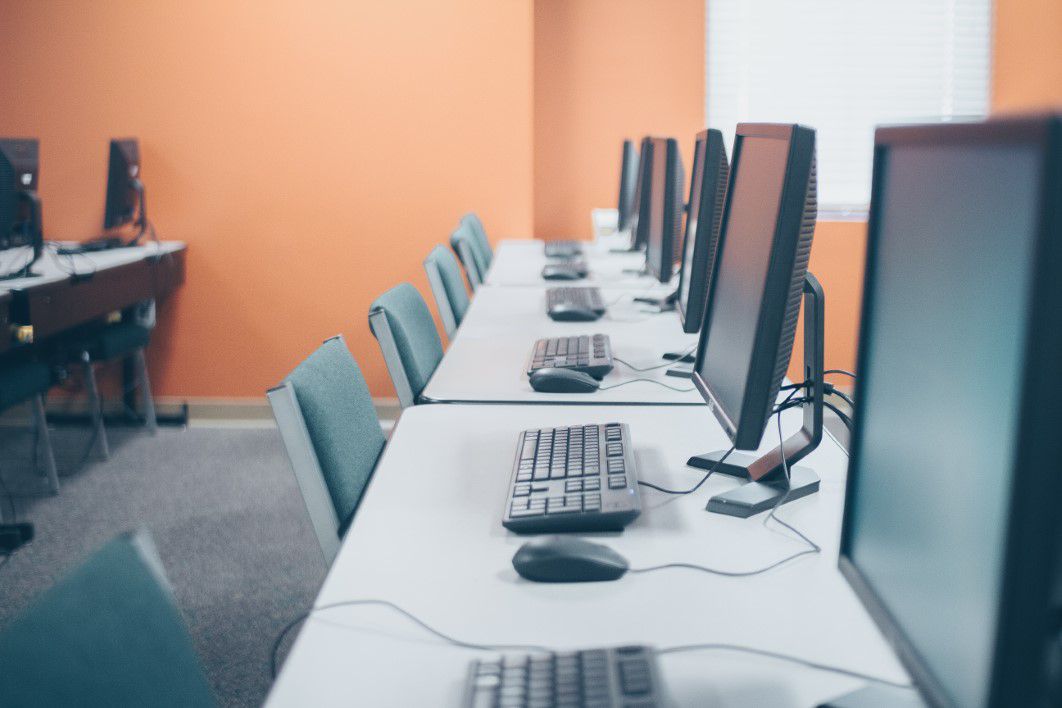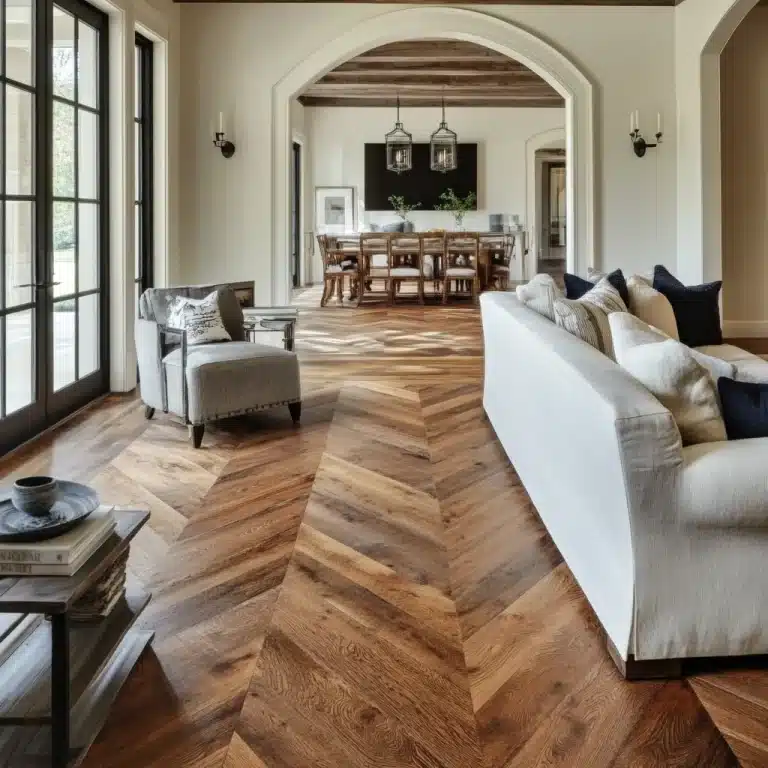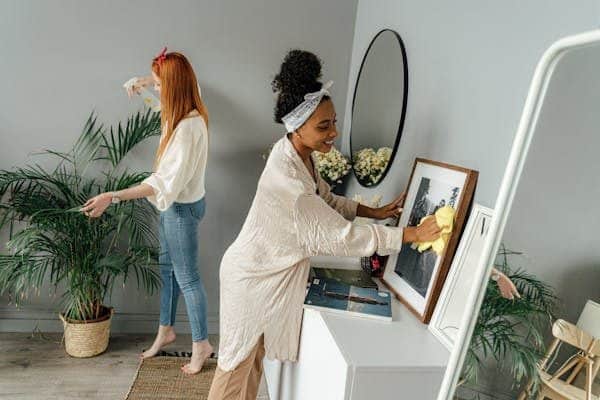Why One-Size-Fits-All Office Desks No Longer Work in Modern Business Environments
There was a time when a standard desk worked fine. Offices were more rigid. Roles didn’t shift much. The setup stayed the same, and people made it work. That’s not the case anymore.
Modern teams are fluid. Some people sit all day and write, while others bounce between calls, planning sessions, and quick brainstorms.
There are hybrid setups, shared workstations, and a mix of people who need very different things to stay productive and comfortable. Trying to solve that with one desk style across the board doesn’t hold up anymore.
If you’ve ever worked at a desk that made you adjust your posture constantly, stack books under your monitor, or wedge your chair in at an odd angle, you know what I mean. That kind of setup drains energy in the background. You don’t notice it at first, but by the end of the day, your body definitely does.
Real People Don’t Come in Standard Sizes
This one’s obvious but still widely ignored. People are built differently. Tall, short, broad-shouldered, long-legged—everyone has a unique shape, and yet office furniture often pretends we’re identical.
The result? There is a lot of awkward sitting and a lot of slow-building discomfort.
Standard desks don’t account for leg clearance or reach depth. They don’t consider whether someone types close to the edge or leans in when they read. If you’ve got ten people using identical desks, chances are at least six of them are compensating in ways that cause strain.
That’s not even getting into the different ways people work!
A designer with a drawing tablet needs something totally different than someone handling back-to-back Zoom meetings. Desks that can’t flex to meet those needs hold people back.
The Hybrid Office Changed Everything
Offices today aren’t as full as they once were. That’s not a bad thing, actually. But with hybrid schedules, hot-desking, and shared environments, one-size-fits-all desks fall short in new ways.
Imagine a scenario where you’ve got multiple people using the same workspace on different days. That space has to support everyone without forcing each person into a generic mold.
- Fixed desks create friction. Adjustable setups quickly solve it.
- When someone walks into a shared office and can adjust the desk to fit how they move, that small moment sets the tone for the whole day.
- This is the ideal scene that shapes what today’s office desks and chairs should be able to do. The furniture adapts to the users, not the other way around.
Functionality Needs to Match Workflow
Modern desks or contemporary conference tables should do more than hold a laptop and some paper. It should support the way someone moves through their day. That means thinking about reach, layout, posture, and transitions. Even something as small as cable placement can cause frustration if it’s not in the right spot.
Do you know what makes someone lean forward awkwardly every five minutes? A desk that’s two inches too shallow. Do you know what leads to clutter and distractions? A surface with no room for both a notebook and a keyboard. These might sound like small details, but they add up fast when you’re at your desk eight hours a day.
When you start customizing desks to match work needs, everything starts to click. You reduce effort, you support movement, and you make the tools disappear into the workflow.
Small Features Make a Big Difference
One can quickly turn a generic surface into a proper workstation with the below attributes, that can be found in an ergonomic office setup:
- Surface depth that supports natural reach and lets monitors sit at a safe distance
- Rounded edges that stop forearm pressure buildup during long sessions
- Cable access points that prevent cords from creating mess and tension
- Adjustable height or keyboard tray options for ergonomic positioning
- Storage that doesn’t block natural movement
- Once people use a desk that responds to how they work, it’s hard to go back to something that doesn’t.
Comfort Drives Output
There’s a clear connection between comfort and performance. When someone is supported physically, they stay in the zone longer. They move more freely. They don’t stop mid-thought to stretch out their neck or shake off shoulder pain. A modern desk helps people stay present, not distracted by discomfort.
In team settings, this matters even more. A shared environment that’s designed with flexibility in mind allows more people to do better work. You create fewer barriers. You make it easier to focus. You support good posture, cleaner surfaces, and smoother workflows—all without forcing people to sacrifice comfort for function.
So no, the one-size-fits-all desk isn’t cutting it anymore. People need desks that meet them where they are, not ones that force them to adjust in quiet, uncomfortable ways. When desks are designed with people in mind—not just measurements—work feels better. And that’s something businesses should never overlook.







